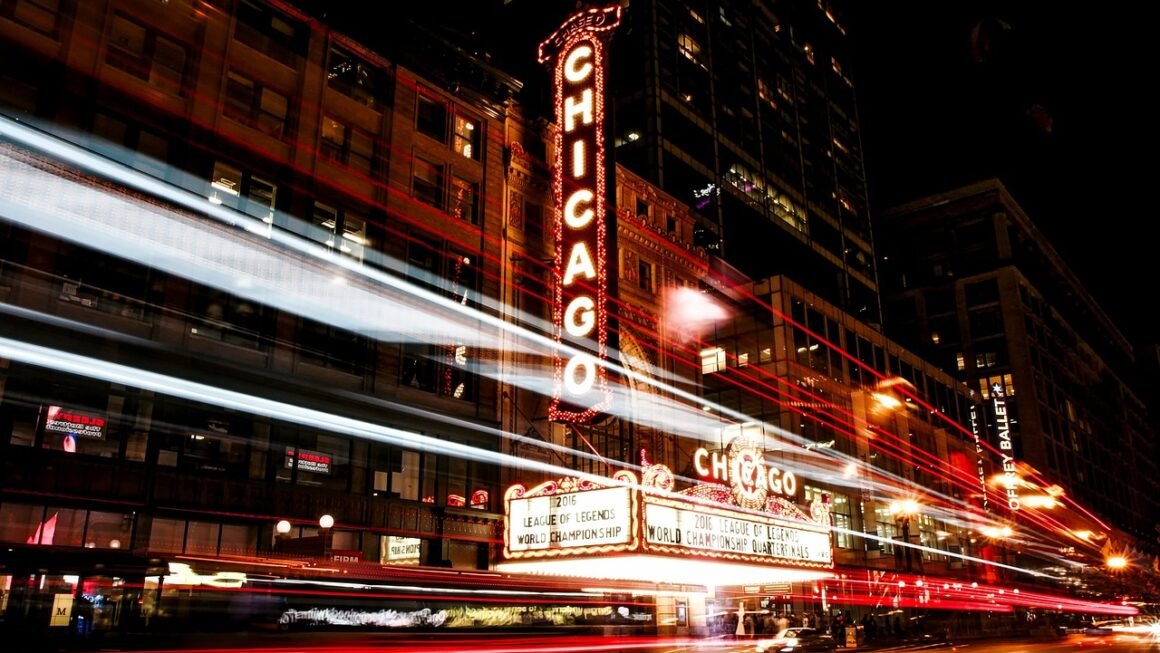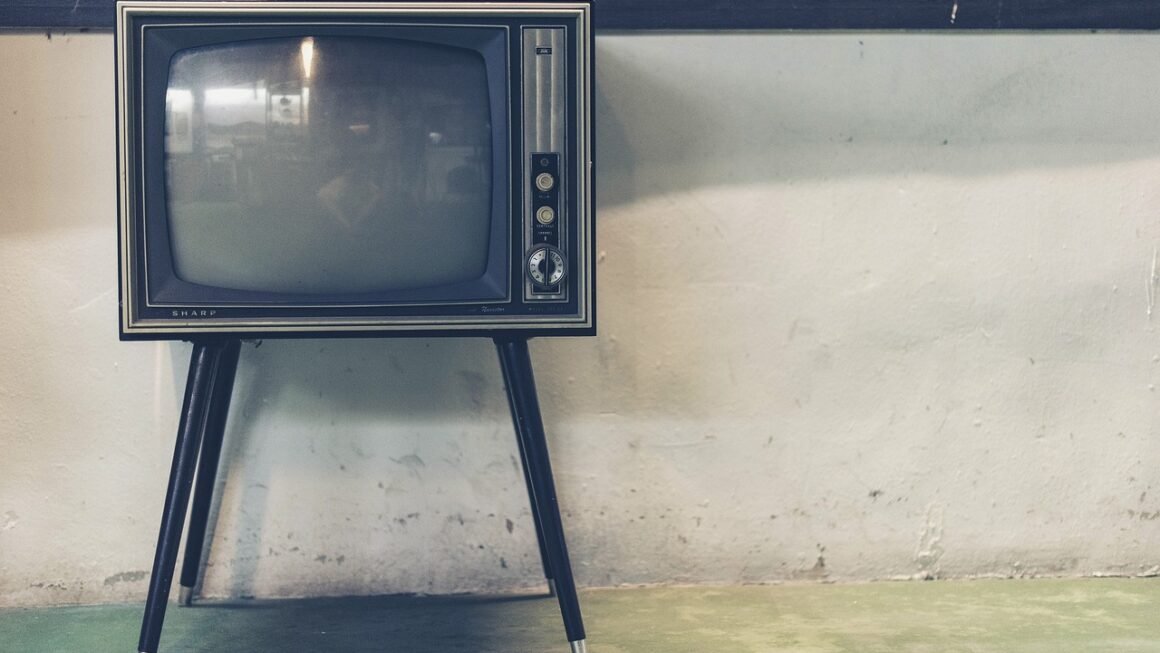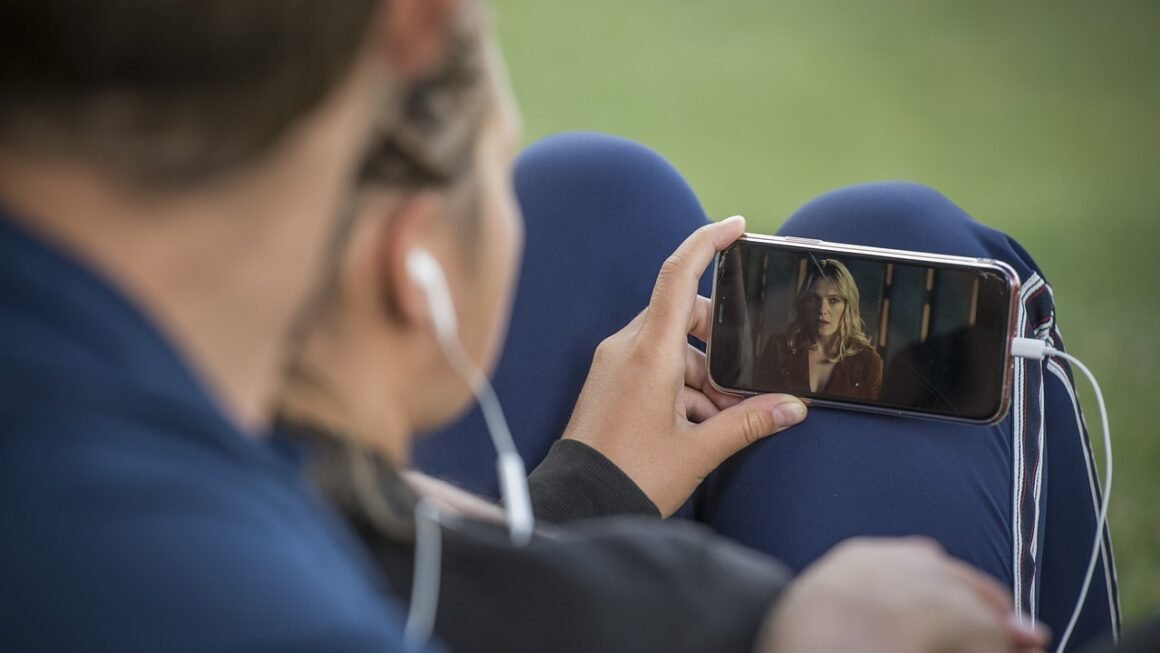From the dazzling lights to the meticulously crafted gowns and impeccably styled celebrities, the red carpet is more than just a walkway; it’s a global stage where fashion, fame, and artistry converge. It’s where trends are born, careers are made (or broken), and moments become etched in pop culture history. Understanding the allure and mechanics of the red carpet can provide a fascinating glimpse into the world of entertainment and its enduring impact on our society.
The History and Evolution of the Red Carpet
Origins and Early Use
The red carpet’s origins are far from the Hollywood glamour we associate with it today. Its initial appearance dates back to ancient times, with the earliest recorded use found in Aeschylus’s play Agamemnon (458 BC). In the play, Clytemnestra offers Agamemnon a red carpet as he returns from the Trojan War, symbolizing a welcome usually reserved for the gods. While this had a negative connotation in the play, it established the color red as a sign of royalty and importance.
- Early carpets were literally crimson in color, using expensive dyes, therefore reserved for special events.
- The first clear photographic instance of a literal red carpet laid out for VIPs was in 1902, laid out for passengers disembarking a train.
The Red Carpet’s Ascent in Hollywood
The red carpet’s adoption by Hollywood began in the early 20th century. While not always universally present, it gradually became associated with movie premieres and significant events.
- The 1922 premiere of Robin Hood starring Douglas Fairbanks is considered a pivotal moment. While not a traditional “walk,” the red carpet was prominently featured outside the Egyptian Theatre, signaling a new era of event grandeur.
- The red carpet became increasingly prevalent from the 1960s onwards, solidified as a standard element of premieres and awards shows.
- By the 1990s, the red carpet truly became the media spectacle it is today, with dedicated coverage and extensive fashion commentary.
The Anatomy of a Modern Red Carpet Event
The Arrival Process
The arrival process is a carefully orchestrated event, designed to maximize media coverage and create a sense of anticipation.
- Strategic Arrivals: Celebrities are typically scheduled to arrive at staggered intervals, ensuring a continuous stream of content for photographers and journalists.
- Step and Repeat Banners: These banners, featuring sponsor logos and event branding, provide a consistent backdrop for photos.
- Media Zones: Designated areas for photographers, journalists, and interviewers are strategically placed to capture the best angles and sound bites.
- Security and Crowd Control: Crowd control is essential to maintain order and ensure the safety of the celebrities and attendees.
Fashion and Style
The red carpet is a showcase for high fashion, with celebrities often collaborating with top designers and stylists to create memorable looks.
- Designer Collaborations: Celebrities often wear custom-designed gowns and outfits, showcasing the latest collections and trends.
- Stylist Influence: Stylists play a crucial role in curating the overall look, from the clothing to the accessories and hair/makeup.
- Trendsetting Moments: Iconic red carpet looks can launch new fashion trends and influence mainstream style.
* Example: Angelina Jolie’s leg-baring Versace gown at the 2012 Oscars.
The Interview Gauntlet
The interview gauntlet is a crucial element of the red carpet, providing celebrities with an opportunity to promote their work and connect with the public.
- Pre-Planned Talking Points: Celebrities often have pre-planned talking points to promote their current projects.
- Quick Interactions: Interviews are typically brief, lasting only a few minutes.
- Social Media Amplification: Quotes and clips from red carpet interviews are often shared widely on social media, extending the reach of the event.
The Red Carpet’s Influence on Culture and Commerce
Fashion Trends and Industry Impact
The red carpet has a significant impact on fashion trends, influencing everything from haute couture to everyday style.
- Trend Forecasting: Fashion experts and analysts closely monitor red carpet looks to identify emerging trends.
- Retail Influence: Red carpet trends often trickle down to retail stores, influencing consumer choices.
- Designer Recognition: A celebrity wearing a designer’s creation on the red carpet can significantly boost the brand’s visibility and sales.
- Example: A certain color or silhouette becomes popular after being featured on the red carpet.
Celebrity Endorsements and Branding
The red carpet provides a platform for celebrities to endorse brands and products, further amplifying its commercial influence.
- Brand Partnerships: Celebrities often have partnerships with fashion houses, jewelry brands, and other luxury goods companies.
- Product Placement: Subtle product placement can occur on the red carpet, increasing brand awareness.
- Social Media Promotion: Celebrities often promote brands and products on their social media accounts after wearing them on the red carpet.
Media Coverage and Public Perception
The media coverage of red carpet events shapes public perception of celebrities and the entertainment industry as a whole.
- Gossip and Commentary: Red carpet fashion choices and celebrity interactions are often the subject of gossip and commentary.
- Image Management: Celebrities use the red carpet to carefully manage their public image.
- Positive or Negative Spin: Media coverage can have a significant impact on a celebrity’s reputation, either positively or negatively.
Navigating the Red Carpet: Tips for Aspiring Stars
Building a Strong Brand
Aspiring stars should focus on building a strong personal brand that aligns with their career goals.
- Define Your Style: Develop a unique sense of style that reflects your personality and values.
- Cultivate Relationships: Build relationships with designers, stylists, and other industry professionals.
- Consistent Messaging: Ensure that your public image is consistent across all platforms, including social media and red carpet appearances.
Working with Stylists and Designers
Collaborating with experienced stylists and designers is essential for creating a memorable red carpet look.
- Find the Right Fit: Choose a stylist who understands your vision and can help you achieve your desired look.
- Communicate Your Preferences: Clearly communicate your preferences and boundaries to your stylist.
- Try Different Looks: Experiment with different styles to find what works best for you.
Mastering the Red Carpet Pose
Mastering the art of posing for the camera is crucial for capturing flattering images on the red carpet.
- Practice Makes Perfect: Practice posing in front of a mirror to find your best angles.
- Maintain Good Posture: Stand tall with your shoulders back and your head held high.
- Engage with the Camera: Make eye contact with the camera and smile confidently.
- Consider the “Power Pose”: Research what makes a strong, confident pose.
Conclusion
The red carpet, a seemingly simple stretch of fabric, is a complex and influential phenomenon. From its ancient origins to its modern-day dominance, it has evolved into a powerful symbol of status, style, and celebrity. Whether you’re an aspiring star, a fashion enthusiast, or simply a curious observer, understanding the dynamics of the red carpet provides valuable insight into the world of entertainment and its impact on our culture. By understanding its history, mechanics, influence, and offering practical advice, one can truly appreciate the spectacle and strategic planning behind the most famous walkway in the world.



